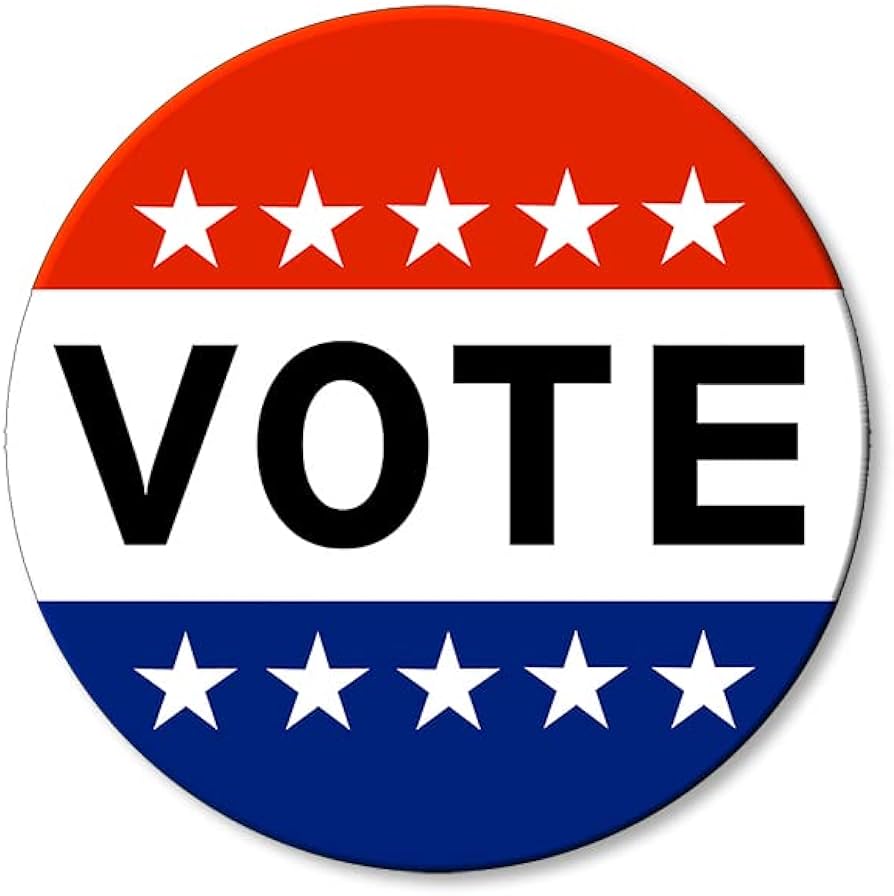He then ends up suggesting the reason they don’t like Harris is because she’s a woman -
“Because part of it makes me think – and I’m speaking to men directly – part of it makes me think that, well, you just aren’t feeling the idea of having a woman as president, and you’re coming up with other alternatives and other reasons for that.”


Just to be clear, saying you have humility was intended as a compliment.
College graduates, white people, suburban, and affluent people are four methods of categorizing people. One can belong to one, two, three, or all four of these groups. When we examine overall trends, it doesn’t make sense to only focus on a narrow time period, like two years from the past. Instead, if we want to understand trend projections, we need a longer range of data, ideally looking from 2014 to 2024. A smaller set of data can be misleading. For instance, if you looked at suicide rates between 1998 and 1999 in the U.S., you’d see a drop. But if you zoomed out from 1980 to the near-present, you’d see a clear and alarming upward trend. Focusing too narrowly risks missing the bigger picture. (The inverse is also true: if you looked at democrat’s base over 200 years, you’d be including when the were the party of slavers.)
Over the last decade, we’ve seen a notable shift in the Democratic base toward white, affluent, and college-educated voters. Traditionally, Democrats were the party of the working class and people of color. However, support among those groups has been slipping, while wealthy, suburban, and educated voters—especially in urban areas—have increasingly embraced the Democratic Party, particularly on cultural and social issues. This shift became more pronounced during and after Trump’s presidency, as many educated, affluent voters were turned off by his populist, anti-intellectual rhetoric.
Looking ahead, the trend seems to be one where Democrats rely more heavily on white, college-educated, and affluent voters, while their historical support from working-class voters and people of color continues to decline. Democrats will likely gain ground in cities and suburbs where these voters are concentrated, but struggle in rural and less affluent areas. This is a significant realignment for the party, which might face challenges reconciling the economic interests of these affluent voters with the needs of its traditional base, even as social and cultural issues increasingly become the glue holding this new coalition together.
Again, that’s not necessarily a problem in terms of the ability to get democrats elected. But it does present an unfortunate trend if you are concerned with your party representing those demographics. It also requires enough of the shifting composition to make up for the other declines in voters. Given how close almost all elections are these days, that’s no guarantee. And, as I noted, it also might create issues where democratic policies and platforms may need to prioritize one group of supporters over the other – though, arguably, that’s already been occurring, and seems like part of the reason for the shifting composition of the base.
Do you have any specific links that show this data? I’m just wondering really. I wonder what the trends with non-white college grads are.
Here are a few to get you started. I imagine you have some basic Python scripting skills, so you can start scraping data and aggregating the data into your own script.
You could also then pull the raw data from multiple polling aggregators in addition to the above and place them into your datasets in your script. That’s what I do. That would allow you a lot more flexibility in terms of running analytics, so that would be my suggestion.
https://www.pewresearch.org/politics/2024/04/09/the-changing-demographic-composition-of-voters-and-party-coalitions/
https://www.cambridge.org/core/journals/perspectives-on-politics/article/bridging-the-blue-divide-the-democrats-new-metro-coalition-and-the-unexpected-prominence-of-redistribution/3FD0D61D57DB06630D9046DC9348159D
https://www.dataforprogress.org/blog/2021/4/9/democratic-party-suburban-shift
https://www.pewresearch.org/politics/2023/07/12/voting-patterns-in-the-2022-elections/
https://manhattan.institute/article/the-rise-of-college-educated-democrats
https://centerforpolitics.org/crystalball/articles/the-transformation-of-the-american-electorate/
https://jacobin.com/2022/07/democratic-party-voter-base-biden-administration-rich-white-suburbs
https://news.cornell.edu/stories/2024/06/growing-rural-urban-divide-exists-only-among-white-americans
Every one of those links gives me 404: not found… do they work for you? I am in the UK but that shouldn’t be a problem because I can normally access stuff from Pew, NYT, and WaPo.
Strange, I’m not sure why you can’t access the links. I’ve provided some updated/alternative links that contain the same or corroborating data directly or linked/embedded as well commentary based on that data or additional related sources.
Some fairly cursory googling on your part will turn this information up. It’s not particulary difficult to find. Synthesizing the data and providing commentary based off of analytic models tuned to that data I’ve already done in my initial and follow-up posts, so I think I’ve done enough legwork for you at this point, I imagine you’re capable of taking it from here.
Ah thanks those links do work. Some of that stuff is interesting, like this graph from the Cambridge link, with middle income people carrying the GOP: